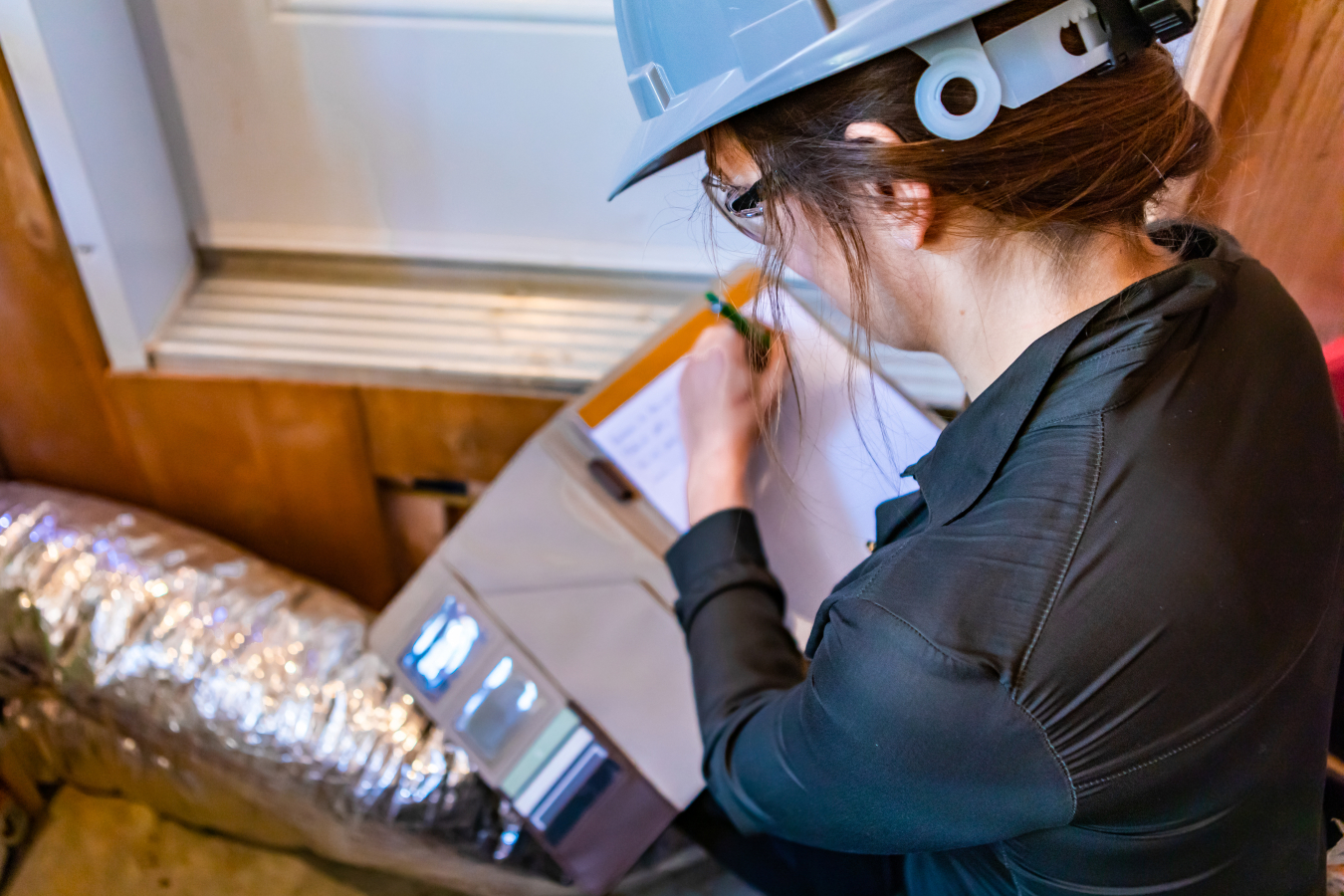Building energy codes have a 40-year history of reducing consumer energy bills. Today’s energy codes provide more than 30% savings compared to those of less than a decade ago, which translates to over $60 billion saved by U.S. homes and businesses.
Building energy codes establish minimum energy efficiency requirements for new construction and renovations. Increased efficiency and performance deliver energy and cost savings year after year for the life of the building. Because all buildings must meet the energy code, designers and builders benefit from fair competition and a level playing field when they construct energy-efficient buildings.
Energy codes also protect the public by ensuring that energy features are installed at the proper levels. Certain measures—such as wall insulation—contribute significantly to both comfort and low utility bills but cannot be seen by prospective home or building owners. Energy codes ensure well-insulated and less leaky buildings, which translates directly to increased comfort.
These same features keep occupants safe in their homes for longer periods of time during power outages from heat waves or winter storms.
DOE Building Energy Codes Program
The U.S. Department of Energy (DOE) supports the development and adoption of building energy codes through research, technical analysis, and support of industry processes, which review and update model codes. DOE data is considered the most credible in the industry. In addition, the Department supports code implementation and compliance by providing states, cities, and design and construction professionals with customized technical analyses, software tools, and education and training materials, as well as direct technical support through a help desk.
What Are the Impacts?
The benefits from building energy codes are substantial. The first ones were enacted in the late 1970s, and new versions have been issued every three years since. An analysis by Pacific Northwest National Laboratory, starting with current codes and making conservative assumptions about savings from future codes, forecasts that energy codes will save U.S. homes and businesses $182 billion between 2010 and 2040. These savings correspond to 754 million metric tons of avoided carbon dioxide emissions, which equate to the annual emissions of 199 coal power plants. From the homeowner perspective, a state adopting the current residential model energy codes (compared to the 2009 version) would save over $500 annually on utility bills.
For more information, visit: www.energy.gov/eere/buildings


